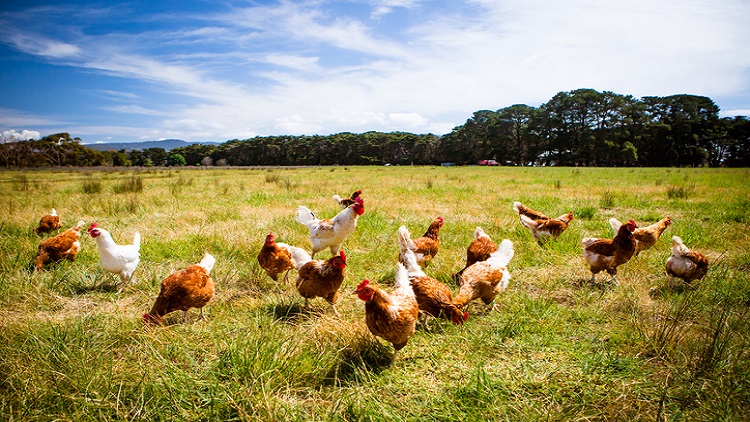Poultry production is a significant sector within the Russian agricultural industry. With the growing demand for poultry products domestically and internationally, Russia has seen a rise in the number of poultry producers. This report aims to identify and list the top 10 Russian poultry producers based on various factors such as production volume, market share, revenue, and reputation.
The selection process for identifying the top 10 Russian poultry producers involved extensive research and analysis of industry reports, market data, financial statements, and expert opinions. Factors such as production capacity, distribution network, technological advancements, and sustainability practices were considered in the evaluation process.
Top 10 Russian Poultry Producers:
- Cherkizovo Group: Cherkizovo Group is one of the largest vertically integrated meat producers in Russia, with a significant focus on poultry production. The company boasts modern production facilities and a wide distribution network, allowing it to maintain its position as a leader in the Russian poultry market.
- Miratorg: Miratorg is another major player in the Russian poultry industry, known for its extensive poultry farming operations and high-quality products. The company has invested heavily in modernizing its production facilities and implementing advanced technologies to ensure efficiency and product excellence.
- Damate Group: Damate Group is renowned for its innovative approach to poultry farming and sustainable practices. The company has a strong presence in both domestic and international markets, offering a diverse range of poultry products to meet consumer demands.
- Agro-Belogorie: Agro-Belogorie is a key player in the Russian poultry industry, focusing on the production of poultry meat and related products. The company emphasizes quality control and food safety standards throughout its production process, earning it a reputation for reliability and trustworthiness.
- Eurodon Group: Eurodon Group specializes in the production of turkey meat and is one of the leading turkey producers in Russia. The company’s commitment to animal welfare and environmental sustainability has helped it gain a competitive edge in the market.
- Baltika Broiler: Baltika Broiler is recognized for its high-quality broiler meat products and efficient production practices. The company operates modern poultry farms equipped with state-of-the-art technology, allowing it to meet the growing demand for poultry products in Russia and beyond.
- Prioskolie: Prioskolie is a prominent poultry producer known for its focus on organic and free-range poultry farming. The company places a strong emphasis on animal welfare and natural feeding practices, catering to consumers who prioritize health and sustainability.
- Resurs Agro: Resurs Agro is a diversified agricultural company with significant interests in poultry production. The company’s integrated approach to farming, coupled with its investment in research and development, has helped it establish a strong presence in the Russian poultry market.
- Grimex Group: Grimex Group is a leading supplier of poultry products in Russia, offering a wide range of fresh and processed poultry meat to meet diverse consumer preferences. The company’s commitment to product quality and customer satisfaction has contributed to its success in the industry.
- Belaya Ptitsa Group: Belaya Ptitsa Group is one of the oldest and most well-established poultry producers in Russia, with a history dating back several decades. The company’s extensive experience, coupled with its modern production facilities, ensures the consistent supply of high-quality poultry products to the market.
The Russian poultry industry is characterized by the presence of several major players who have demonstrated excellence in production, innovation, and sustainability. The top 10 poultry producers listed in this report play a crucial role in meeting the growing demand for poultry products in Russia and contributing to the overall development of the agricultural sector.
Related: Top 10 Ukrainian Poultry Producers
